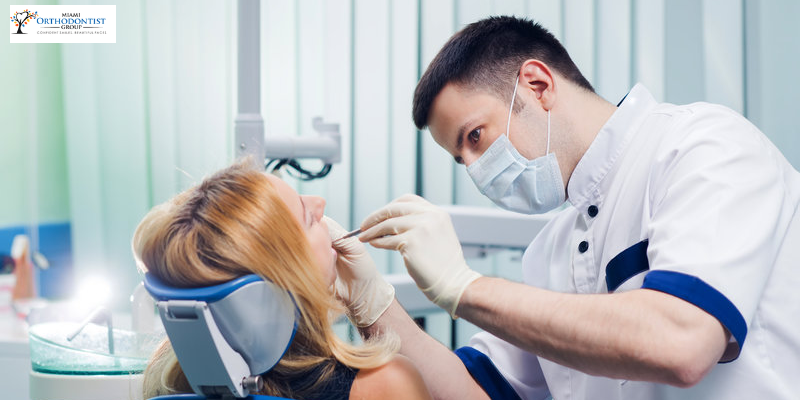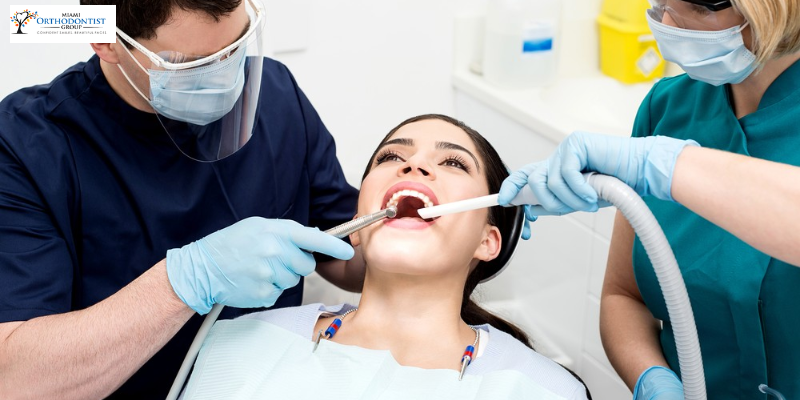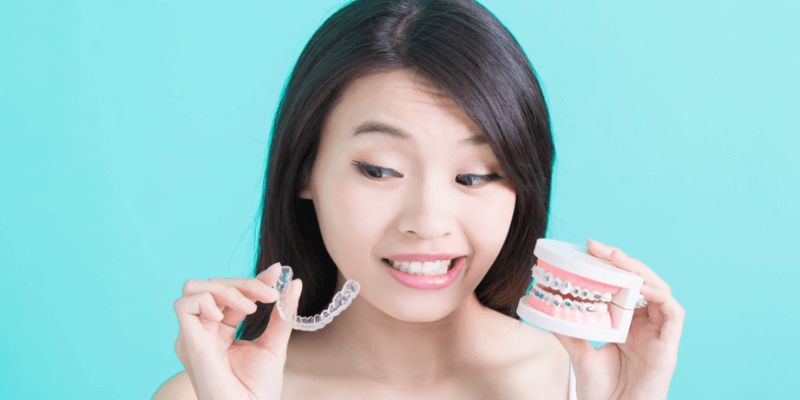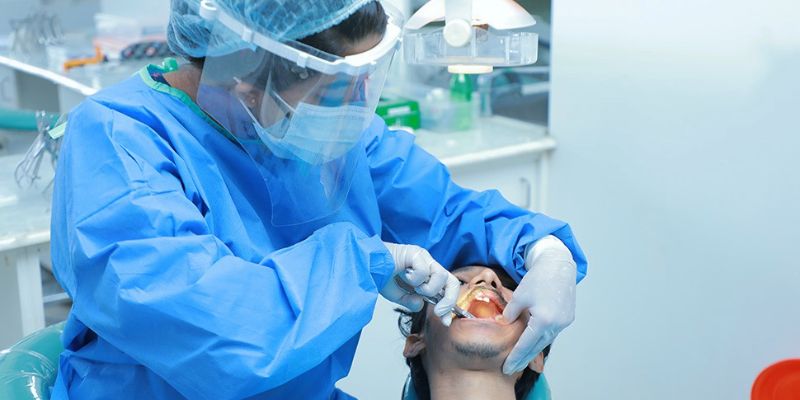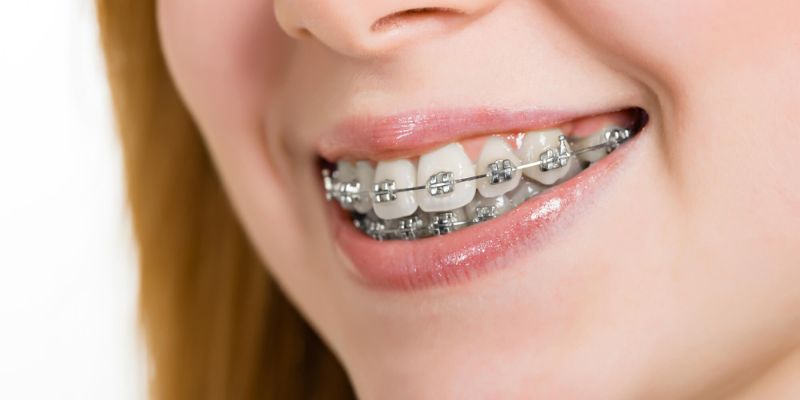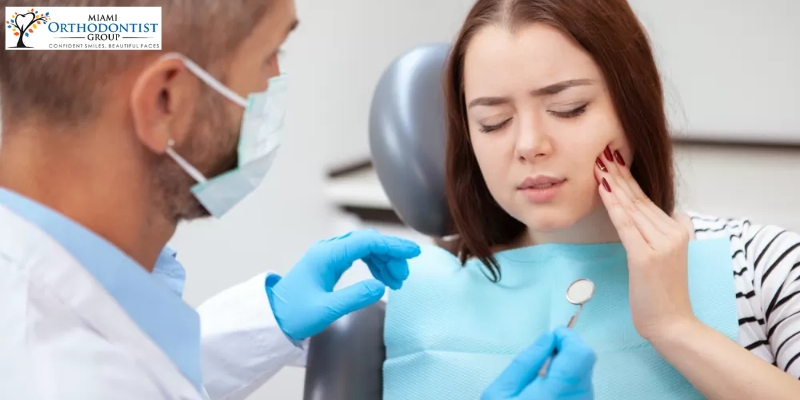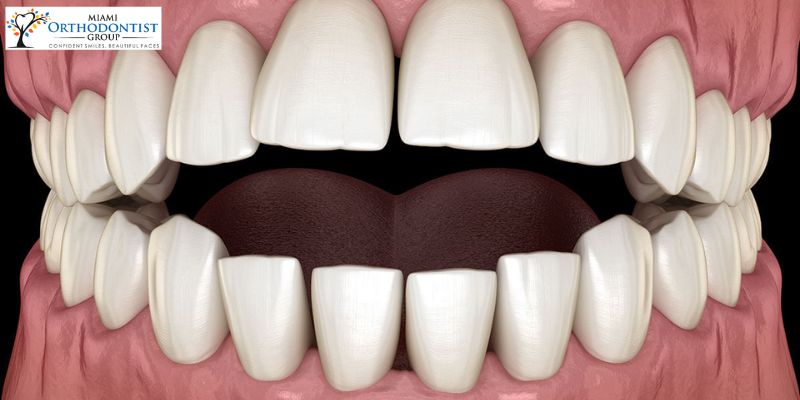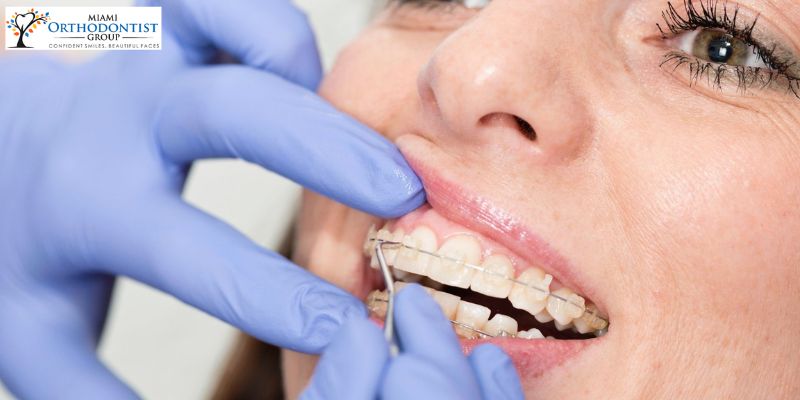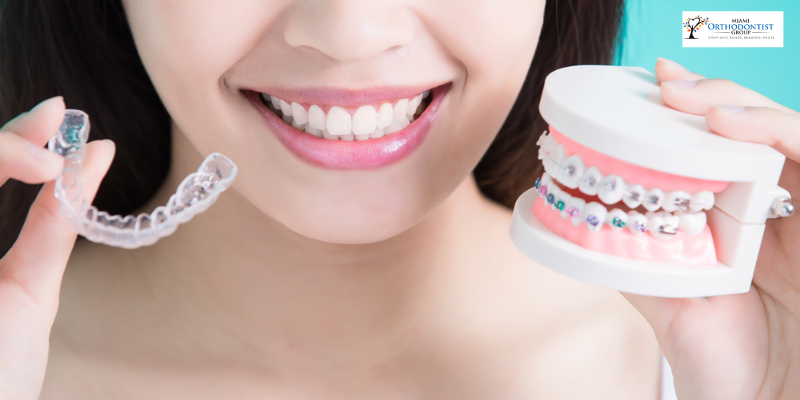An orthodontist takes care of your dental health, so you must pick the right person to ensure you get the best treatment.
If you or your child require dentofacial treatment, you may feel concerned about what it entails.
Orthodontic care continues even after you stop wearing your braces. Your orthodontist recommends orthodontic retainers to help stabilize the arrangement of your new teeth.
Recall the times when practically everyone you knew had braces on their teeth when you were a teenager. It's not too late if you didn't wear them when you were younger.
Correcting jaw problems is the focus of the specialized field of dentistry known as dentofacial orthopedics.
You must wear orthodontic retainers to keep your newly arranged teeth after all the work you've put into enhancing your smile and maintaining your health and happiness.
Dental emergencies can result in substantial pain, inflammation, swelling, and even more serious problems in the future. However, what constitutes a dental emergency?
Everyone needs teeth with perfect alignment to bite off their favorite foods. When your front teeth do not allow you to bite down as comfortably as they should, you have a bad bite, or malocclusion.
Bite alignment issues can stop your teeth from carrying out their proper functions as they should. Many factors can cause this problem, but the good news is that you can smile again and live a confident lifestyle if you opt for proper bite alignment treatments.
Ninety-six percent of people claim that a person’s smile affects how they appear as a whole. Therefore, many people choose braces or Invisalign to get beautifully straight, healthy teeth. But which option—Invisalign or braces—is best for you or your child? A good query! This choice ultimately boils down to a few significant personal priorities and …
Continue reading "How Is The Method Of Invisalign Different From Braces"


